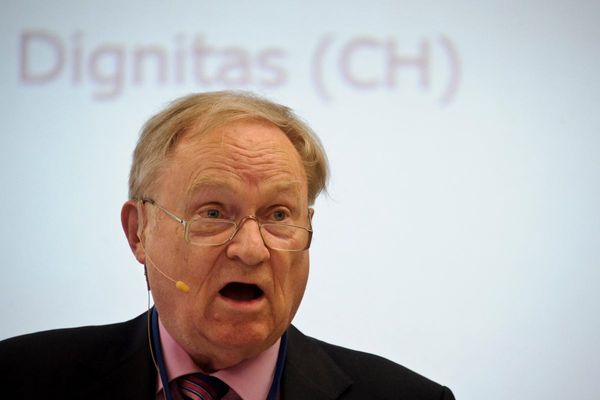Labour’s divisive welfare plans have passed a final vote in parliament, paving the way for changes to Universal Credit that will affect all 7.5 million claimants.
The government removed changes to the Personal Independence Payment (PIP) from the its welfare bill following the threat of a major backbench rebellion by over 100 Labour MPs.
The health and disability-linked benefit will now instead by subject to a fully-consulted review. However, the changes still enshrined in the renamed ‘Universal Credit bill’ will change payment rates for all.
While the standard rate of Universal Credit will see an above-inflation increase for all claimants, the health-related element of the benefit will be severely cut for new claimants.
Charities and campaigners have continued to criticise the amended bill, arguing that cutting the health element for new claimants will create a ‘two-tier’ system.

Jen Clark, Amnesty International’s economic, social and cultural rights lead, said: “It’s a huge disappointment that this Bill has been voted through.
“The remaining cuts to Universal Credit will create a two-tier system, where new claimants or those with illnesses that vary day to day, such as mental health conditions and multiple sclerosis, are left at serious risk of being pushed into poverty.”
Marking the bill’s progression, work and pensions secretary Liz Kendall said: “Our reforms are built on the principle of fairness, fixing a system that for too long has left people trapped in a cycle of dependence.
“We are giving extra support to millions of households across the country, while offering disabled people the chance to work without fear of the repercussions if things don’t work out.”
Here’s what health and disability benefit claimants need to know about the changes:
Health-related element of Universal Credit is cut
From April 2026, the monthly payment rate for the health-related element of Universal Credit for new claimants will be cut from £423.27 to £217.26. This rate will also be frozen until 2029.
The health-related element of Universal Credit refers to the top up that is granted to those who are assessed as being in the Limited Capability for Work and Work-Related Activity (LCRWA) group. This means that the DWP considers their conditions severe enough to prevent them from being able to work or seek work.
This is a reduction of £206 a month, cutting the additional rate by just under half. The amount paid to claimants weekly will go from around £100 to £50.
This means it is advisable for anyone who believes they may be eligible for the health-related element of Universal Credit to apply for it before April 2026. After this date, the additional top up it pays will be severely reduced for most new claimants, regardless of if they have the same health condition as a pre-2026 claimant.
However, there are some exceptions. The DWP has confirmed that new claimants with 12 months or less to live or who meet the Severe Conditions criteria will receive the previous rate, and see it rise at least with inflation.
There are currently around 200,000 people in the Severe Conditions Criteria group – people whom have severe, lifelong conditions which mean they are unlikely to recover. Under the plans, those in this group will not be called in for a reassessment which could reduce their benefit entitlement.
Anyone currently receiving the health-related element of Universal Credit will also be claiming the standard allowance of the benefit, which is paid to all claimants. The government’s welfare plans will raise this baseline rate above inflation every year until 2029.
School suspensions and exclusions in England reach record high
Reform UK supports ‘one in, one out’ among its ranks, Commons leader claims
Almost 1.7m children in households caught up in two-child benefit cap
Cancer patients still facing ‘dangerous treatment delays’, experts warn
‘Serious blunder’ over Islamic State murder of Rochdale Imam
Channel crossings continue amid crunch talks over migrant deal







